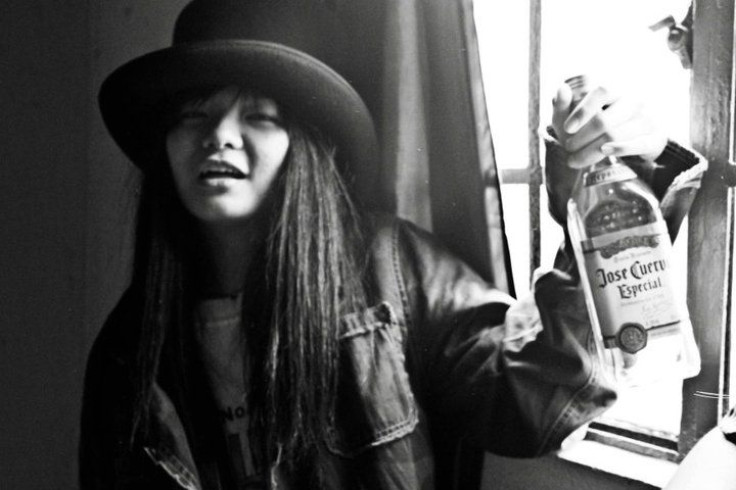Adolescent Girls Reach Parity With Boys In Drinking Alcohol

Along with the global pharmaceutical industry, the alcoholic beverage market will reach the $1 trillion mark next year, with the European Union alone accounting for some 57 percent of the business.
In North America, however, the industry has reached a point of maturation that compels marketing directed toward newer — and younger — demographics, including young women and girls, according to an editorial by Ken Flegel, senior associate editor of CMAJ.
Although adults are more hard-headed in their opinions and values, adolescents are forever susceptible to suggestion and, among them, girls have been shown to experience differentiated social and emotional reactions to advertising exposure on television and in magazines. Flegel, who holds a Canadian doctorate in medicine and master of surgery, argues that girls in particular should be targeted by social marketers in an effort to better empower their ability to make informed decisions.
One need only to search online for "women, alcohol, advertising" to see the how marketers target young women, a demographic that leeches younger into the adolescent's sphere of awareness, down to girls as young as 13.
"The type of alcohol advertising being directed at young women suggests that an attractive body and a successful, trendy life will be the result of using any particular product," wrote Flegel. "Many of these ads also suggest that men will find them to be more desirable sex objects... Exposure to advertising on television and in magazines, and use of alcohol have also been shown to have distinctive social and emotional effects on girls compared with boys."
As an unintended consequence of the women's movement, women and girls now drink increasingly more alcohol and develop problems with alcohol addiction at similar rates. Whether a causal factor or not, increased marketing by the alcoholic beverage industry correlates with higher rates of drinking among adolescent girls. And despite the best efforts of "sex-positive" third-wave feminists to socially engineer a paradigm in which all equalities between the sexes disappear, alcohol is not an "equal-opportunity substance," as Flegel puts it.
On average, women who belly up to the bar with their gentlemen counterparts are much smaller in mass, with bodies comprised of proportionately less water. And no matter the wishes of any social constructionist, physiological differences result in a much quicker and higher level of alcohol intoxication. "Female-specific risks are already well known and include violence, unwanted sex and pregnancy, and inadvertent alcohol consumption during early pregnancy. In addition, a recent cohort study has found that girls who start using alcohol early in high school are prone to problem drinking by graduation," said Flegel.
Additional risks incurred by women and girls also include an elevated risk for breast cancer, he added. "The population attributable risk of alcohol use for breast cancer has been estimated to 4 percent... here the news gets more concerning, because we now have evidence that the amount consumed matters a lot - even as little as one drink a day has been shown to be associated with increased risk."
Thus, adolescent girls need to be empowered to make better informed decisions about alcohol use as they continue to move through their formative years into adulthood, with governments well aware of the modest impact of restrictive approaches to alcohol as a generation of educated young women come of age, Flegel wrote. Rather, physicians and parents must inform the choices of adolescent girls, with parents modeling the behaviors they wish to instill.
Source: Flegel K. Big alcohol catches up with adolescent girls. CMAJ. 2013.



























